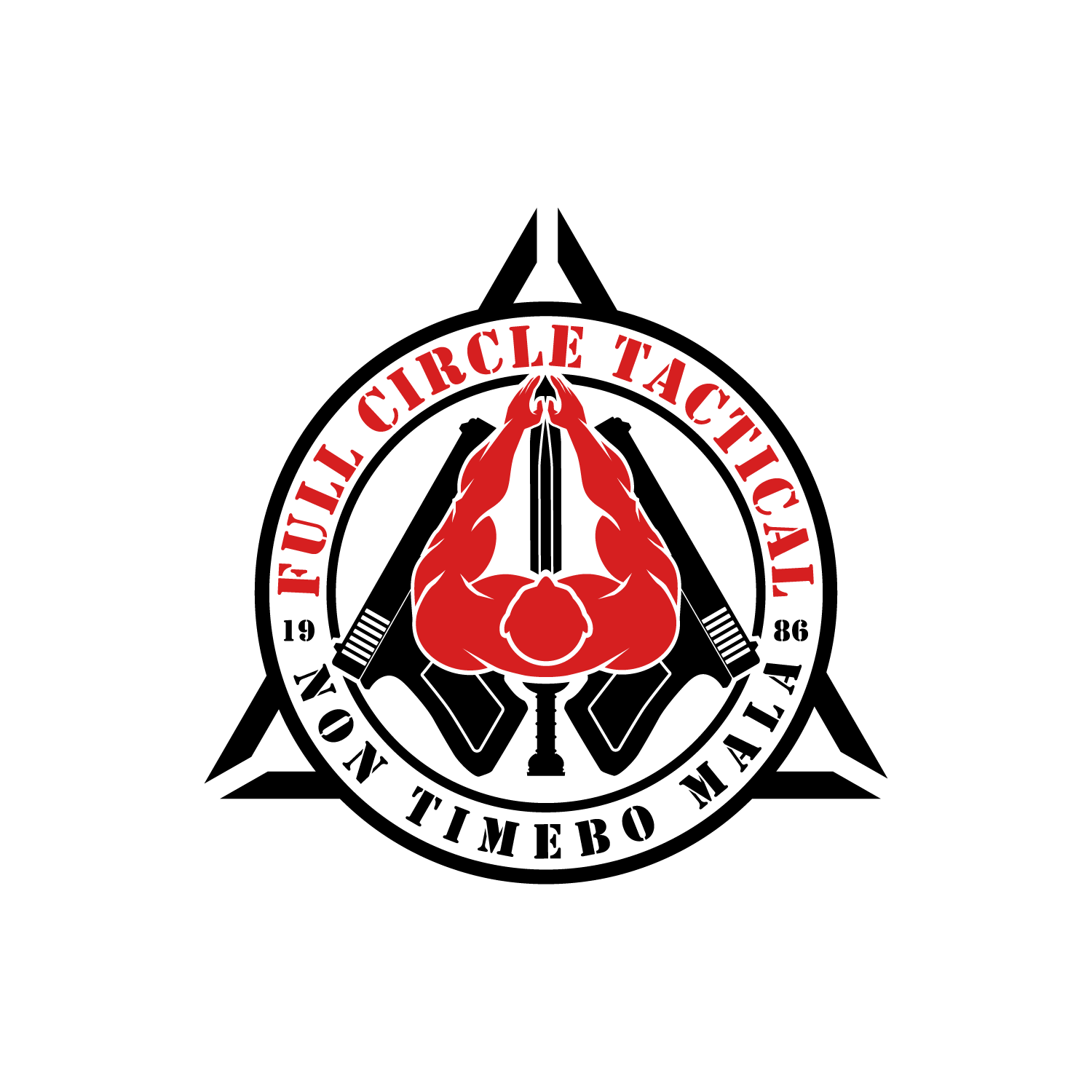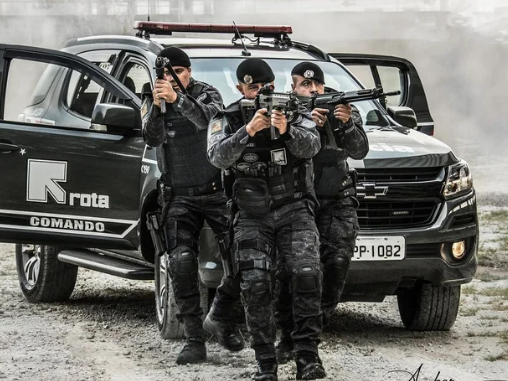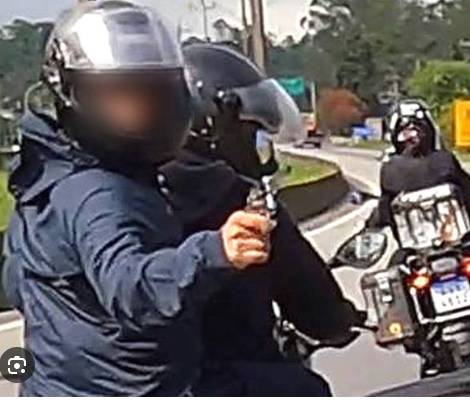CAR AMBUSH RESPONSE: ESCAPING THE DANGER ZONE
Navigating a car ambush in Brazil can be a harrowing experience, with violence erupting suddenly and unpredictably. Both civilians and law enforcement officers in Brazil are trained to constantly scan their surroundings using side and rearview mirrors to detect potential threats.
As a veteran of the Brazilian State Police, I have witnessed firsthand the intense and dangerous situations that officers face in certain cities in Brazil. The need to escape a vehicle ambush is a critical skill that can mean the difference between life and death. This article will focus on the essential tactics and decision-making processes required to drive out of a kill zone successfully.
Before delving into the specifics, it is essential to understand some fundamental principles:
Surviving an initial attack requires swiftly driving out of the danger zone, moving beyond the range of enemy fire, or finding cover that shields you from bullets. In Brazil, there is a saying that your car can become your coffin if you do not take decisive action. Preparation and clear communication among passengers is crucial before a crisis unfolds.
The type of vehicle you are in can significantly impact your chances of survival during an ambush. Armored vehicles provide protection that can buy you valuable time to react. However, only some have access to armored vehicles, and civilians must rely on their situational awareness to identify threats before they escalate.
In most ambush scenarios, the best action is to reverse quickly to create distance between your vehicle and the attackers. Reversing at high speed is a skill that is not commonly taught in standard driver training programs. It requires precision and control to avoid worsening the situation.
Driving in reverse is a distinct skill that differs from driving forward due to the effects of the caster on vehicle stability. The caster effect, which helps straighten out front wheels during forward motion, can make steering more challenging in reverse. Understanding and managing the caster is essential for safe and effective reverse driving.
Additionally, the steering dynamics of a vehicle in reverse are different from those in forward motion. The steering wheel does not automatically center, requiring constant adjustment to maintain control. This instability can pose challenges when using the vehicle as a shooting platform in a high-risk environment. While mastering the art of driving in reverse is crucial for escaping a car ambush, navigating congested traffic in Brazil adds another layer of complexity to the situation. Staying alert, making quick decisions, and honing your driving skills are essential for surviving and evading threats on the road.
When I created the Car Ambush Response Tactics course, I drew from years of personal experiences as a Police Officer and hundreds of videos analyzed monthly. We have a community of active and retired Police Officers who meet monthly to case study videos of Civilians and LEO ambush attacks; our training is based on real-life encounters, and we built a scenario around it to pressure-test the best solutions we think would work.
The unique opportunity to relive the actual life incident in the scenario gives us the perspective of how people react to certain evolutions and incidents that were not in the original script, such as equipment malfunction and lack of fitness to endure the effects of the BODY ALARM RESPONSE.
The acceleration shown by the bad guys in these attacks is mind-blowing. The difference is that they do this every day; it is part of their mindset; using critical observation, we came to understand that because they don't follow a training doctrine, they use unorthodox shooting positions that we never thought of training or using.
The bad guy can shoot with one hand while running (with hips towards where they are going) while making accurate hits and killing police officers; the same abilities are displayed while on speeding motorcycles. There is no such thing as sight picture and sight alignment; they point the thing as you point your finger at some thing, always at 45 degrees angle; when I asked one of them why the 45-degree angle, he said, with the pistol “sideway” and pointed at your sternum, I have a full picture of your torso, besides, he said, there is no time to “aim”
The above abilities have been a subject of our study for a while. We are experimenting with motorcycles and one-hand shooting, and I assure you that the applications of these techniques by the good guys are necessary if we want a fighting chance. If you want to learn from years of experience and careful observation and experimentation, we did the hard work for you; you will be part of a community of warriors who want to be their own bodyguards.
“IF YOU CAN’T BE SAFE, LEARN TO BE DANGEROUS”
Joshua Barbosa
Founder/Chief Instructor


